Guess it’s time to admit it: I’m a Range Rover sort of bloke, or would like to be. I love the extreme comfort, I love the cut-above positioning, I love the imperious performance, the long-distance capability and the excellent visibility.
I completely swallowed Gerry McGovern’s simple, essential design message a long time ago: to me, Range Rovers look conclusively better than other people’s SUVs. Park one between a Bentley Bentayga and a Porsche Cayenne and you’ll see how effortlessly the point is made.
But above all of that I love the Range Rover brand of refinement. Which, incidentally, is my main reason for choosing a Range Rover Sport in this category over the full-fat Range Rover. Here’s a chance to have the class-leading silence and smoothness of the main event, while saving yourself £10,000 to £20,000 off the purchase price. The hand-span of body length you save is welcome, too, as is the 80kg of mass. And I happen to prefer the Sport’s stance, although there isn’t really much in it.
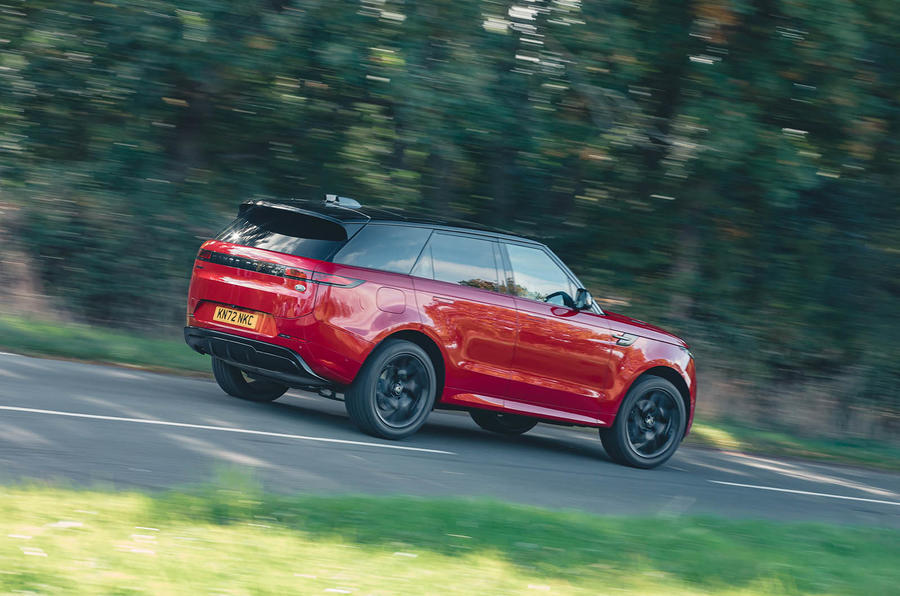
Despite the use of ‘Sport’ in the name, I wouldn’t pursue this quality in my chosen spec, which would be the six-cylinder 3.0-litre plug-in hybrid version. I know there’s a BMW-supplied V8 offshoot, but choosing that would strike me as deliberately perverse in this day and age. Big SUV performance is pretty difficult to deploy at the best of times, and the PHEV has plenty of it anyway.
Better still, the PHEV has a powertrain that is either nearly or actually silent at all times. The fact that it affords 50 to 70 miles of battery-only range, depending on how you drive, means that for many of us, you might go a week or two without filling the (80-litre) fuel tank. Incidentally, providing so much battery range strikes me as being one of the Range Rover Sport’s crowning achievements.
Having said all of this, I’m still not sure the Range Rover Sport would be able to serve as my own do-anything car. The width (which is the same as that of the ‘big’ Range Rover) is too great in really tight going. But the Sport’s versatility is still a very strong suit. And the best of its capabilities mean you could indulge yourself by owning another appealing but limited-function car whose strengths are in a completely different direction.
I’m seeing my ideal as a Honda E (whose short range more or less confines it to urban areas) and the Range Rover Sport. Reckon that could be the perfect combination

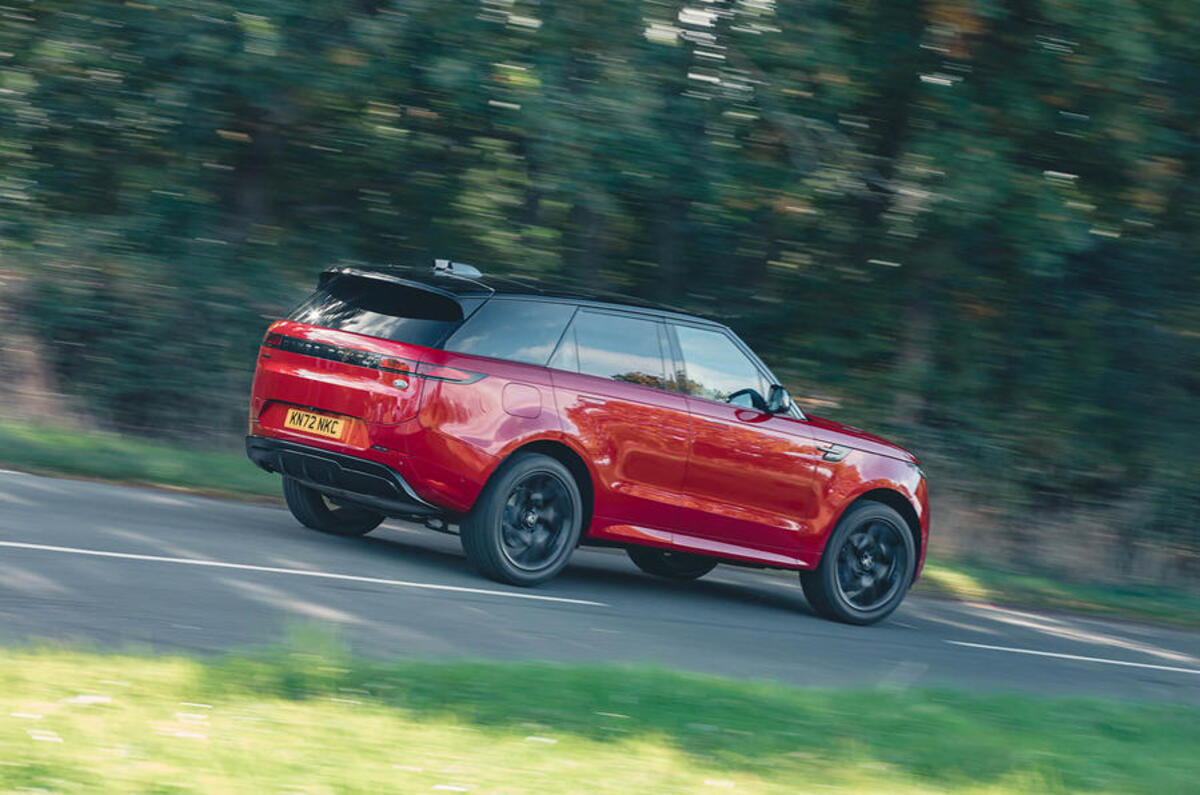
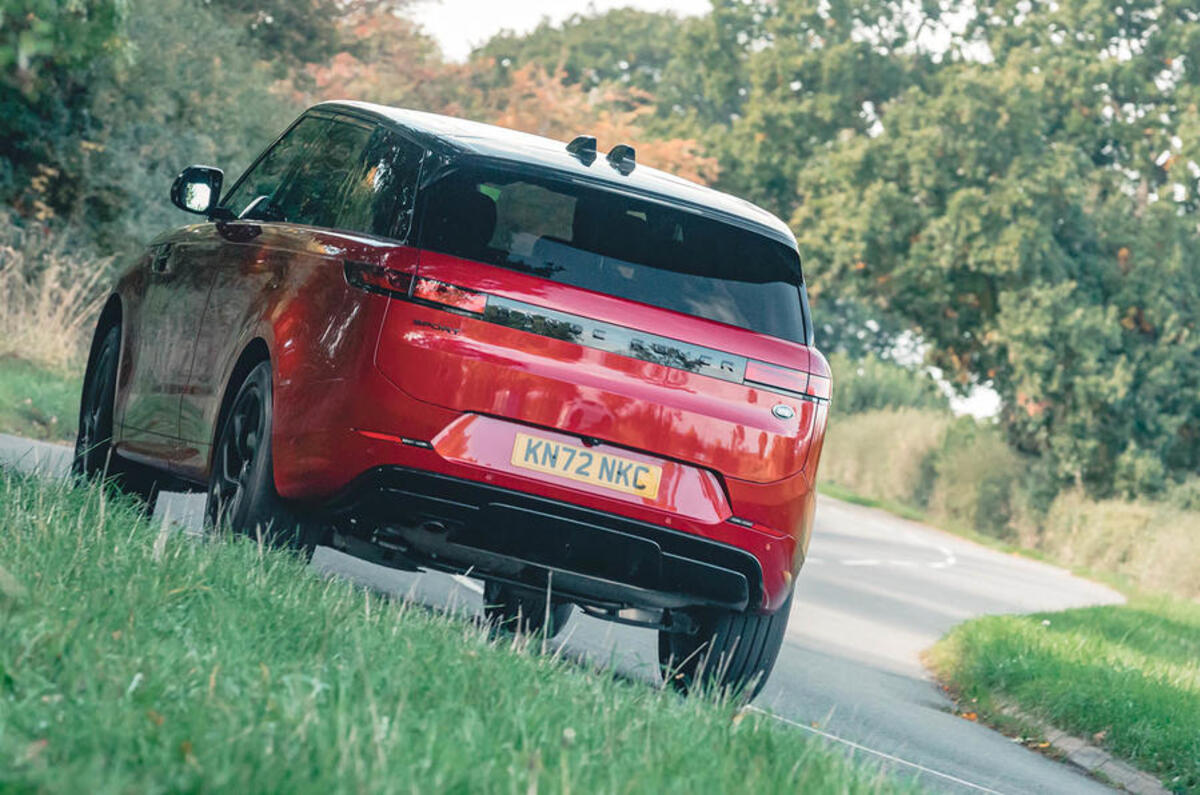
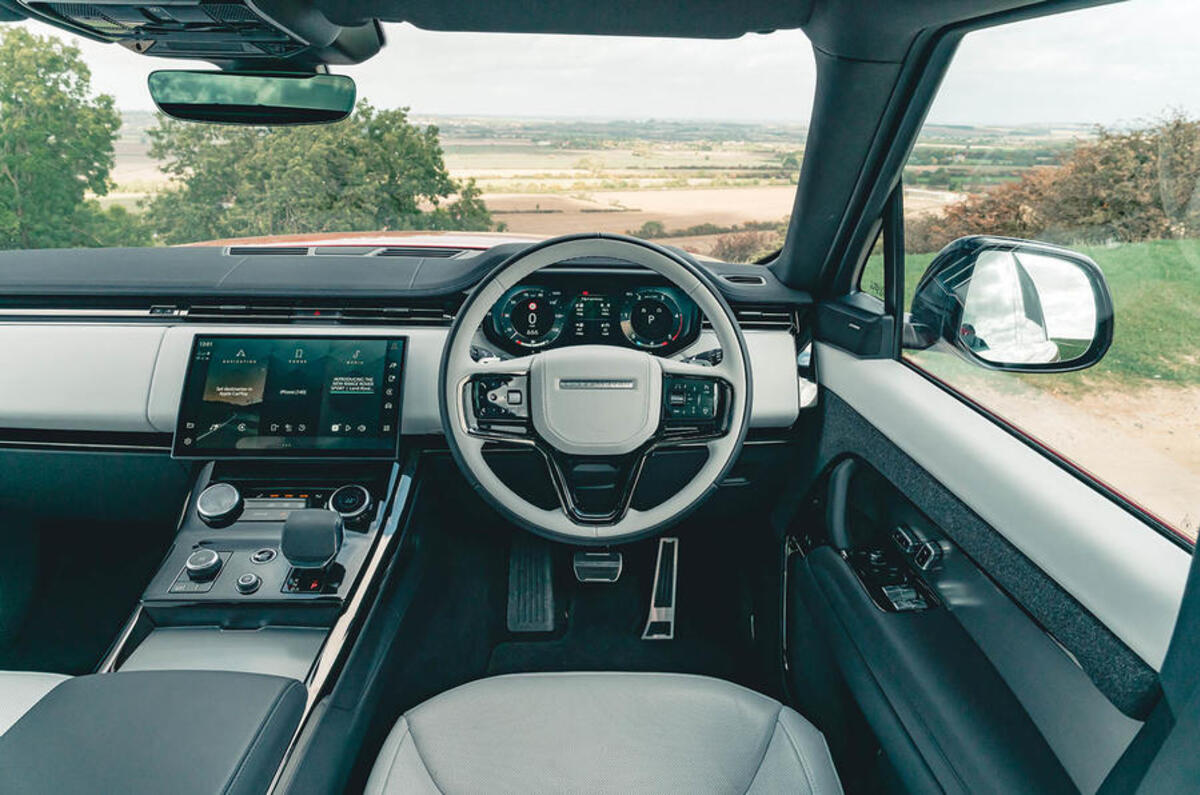
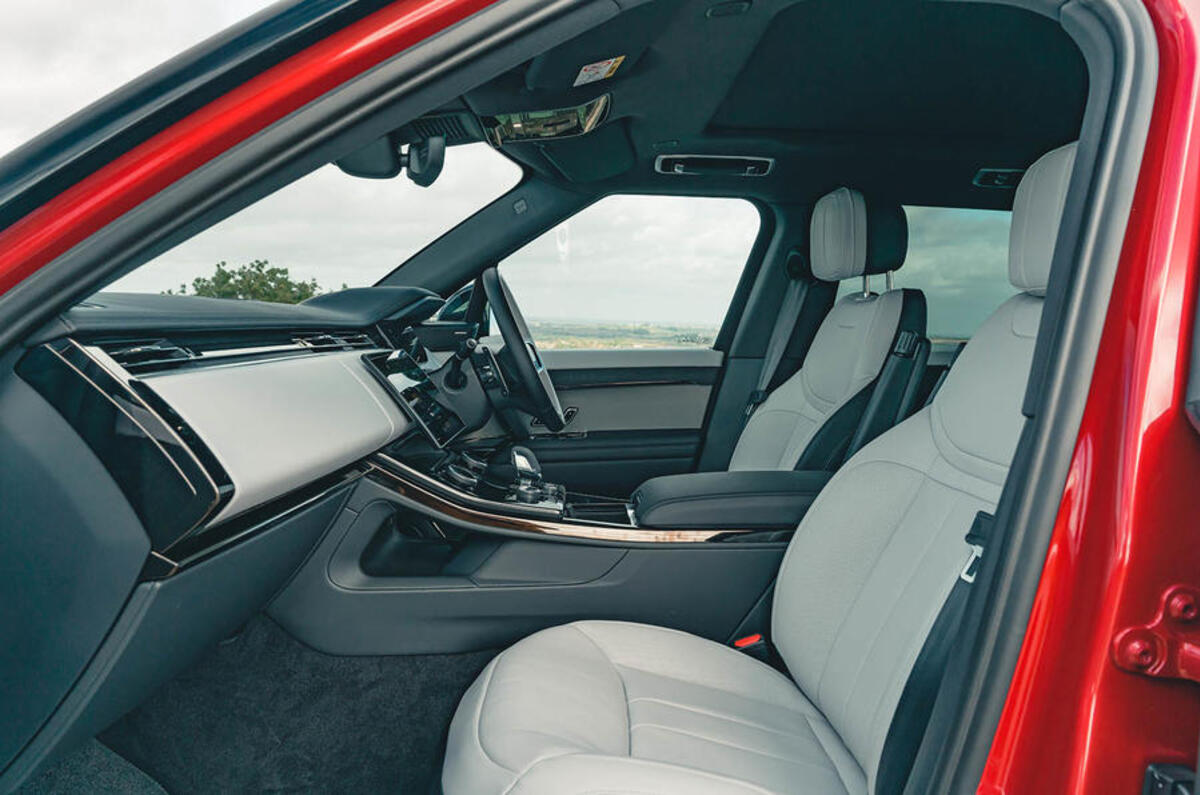


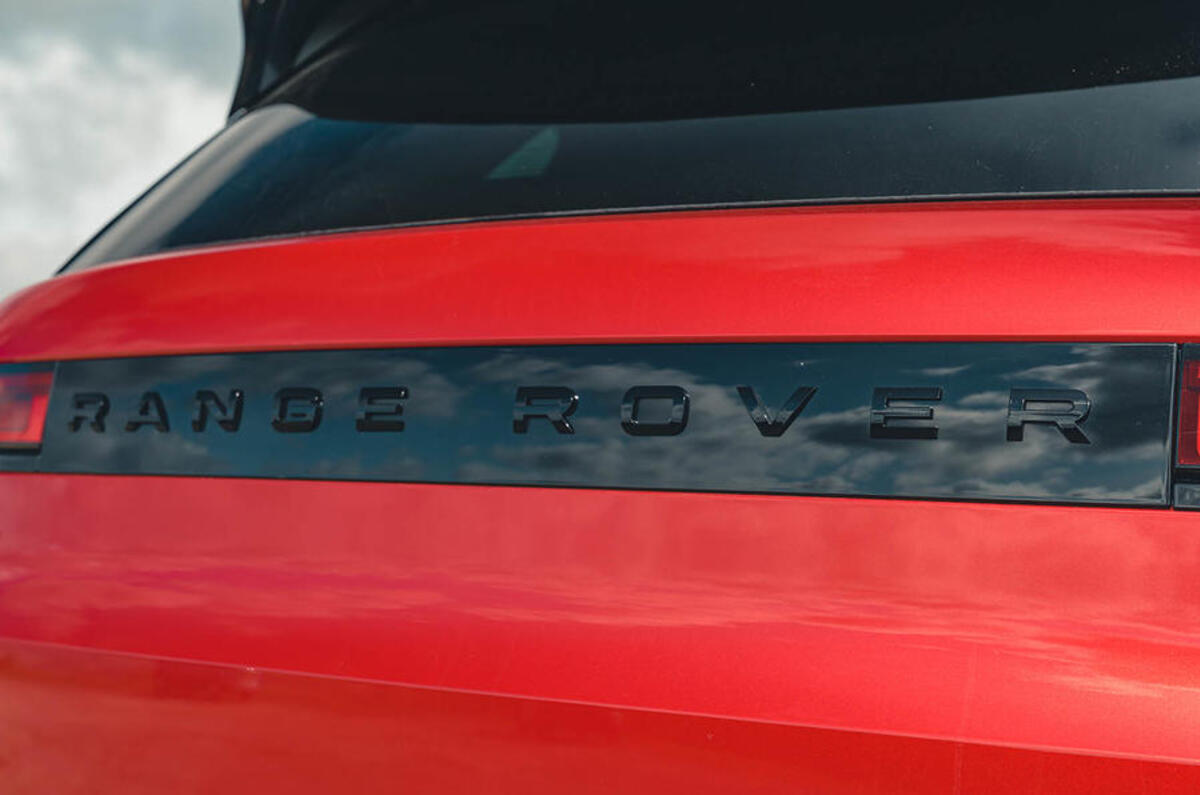
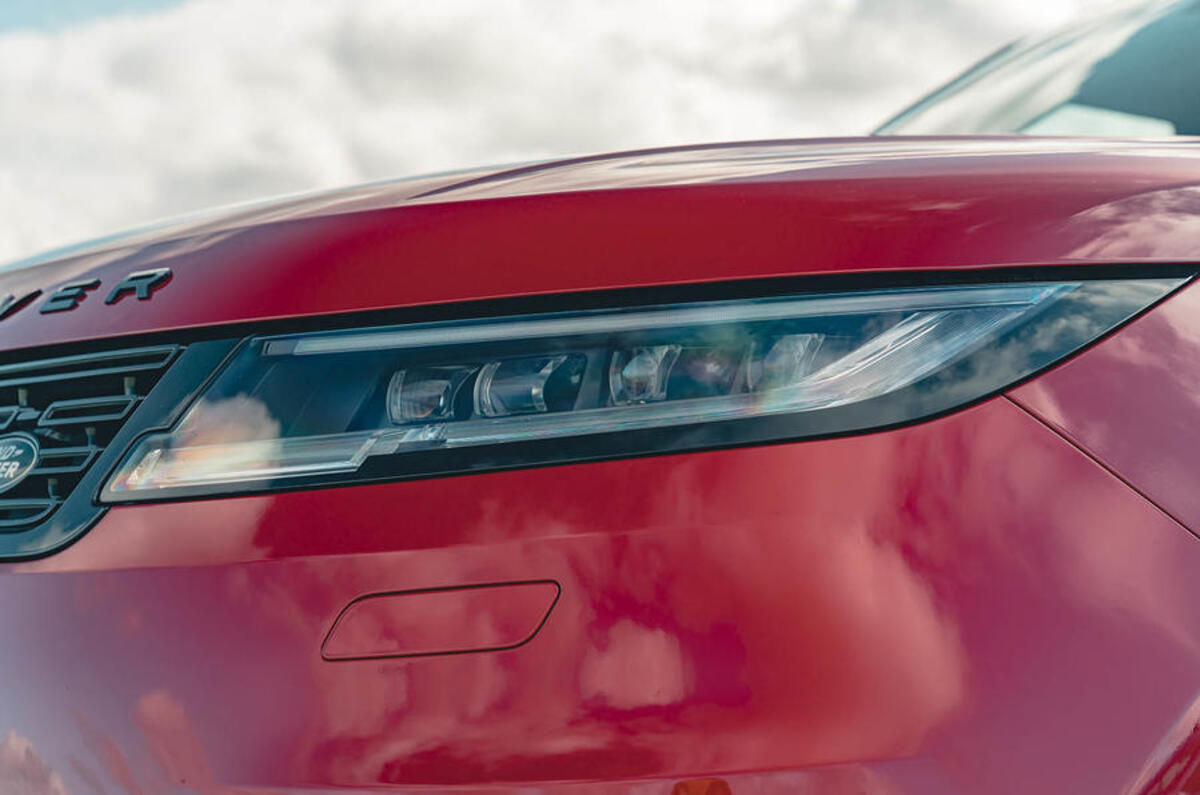
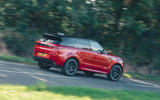



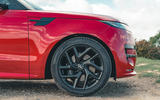
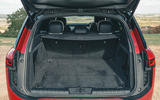
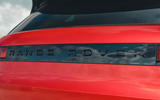
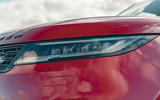


Join the debate
Add your comment
How much is a battery replacement when you've hammered it doing the 40 mile range over and over?
And exactly how is having to plug in you car with a dirty cable and flap every day any type of luxury? I hate refueling too, but that's every few weeks.
The sad times we live in, that a longstanding motoring journalist of 40 plus years, who is supposed to have always loved drivers cars, would make a statement like that!!